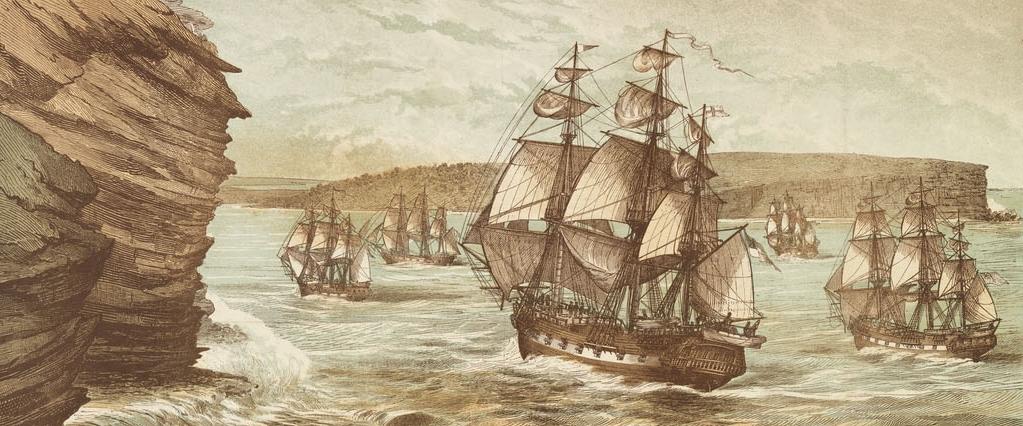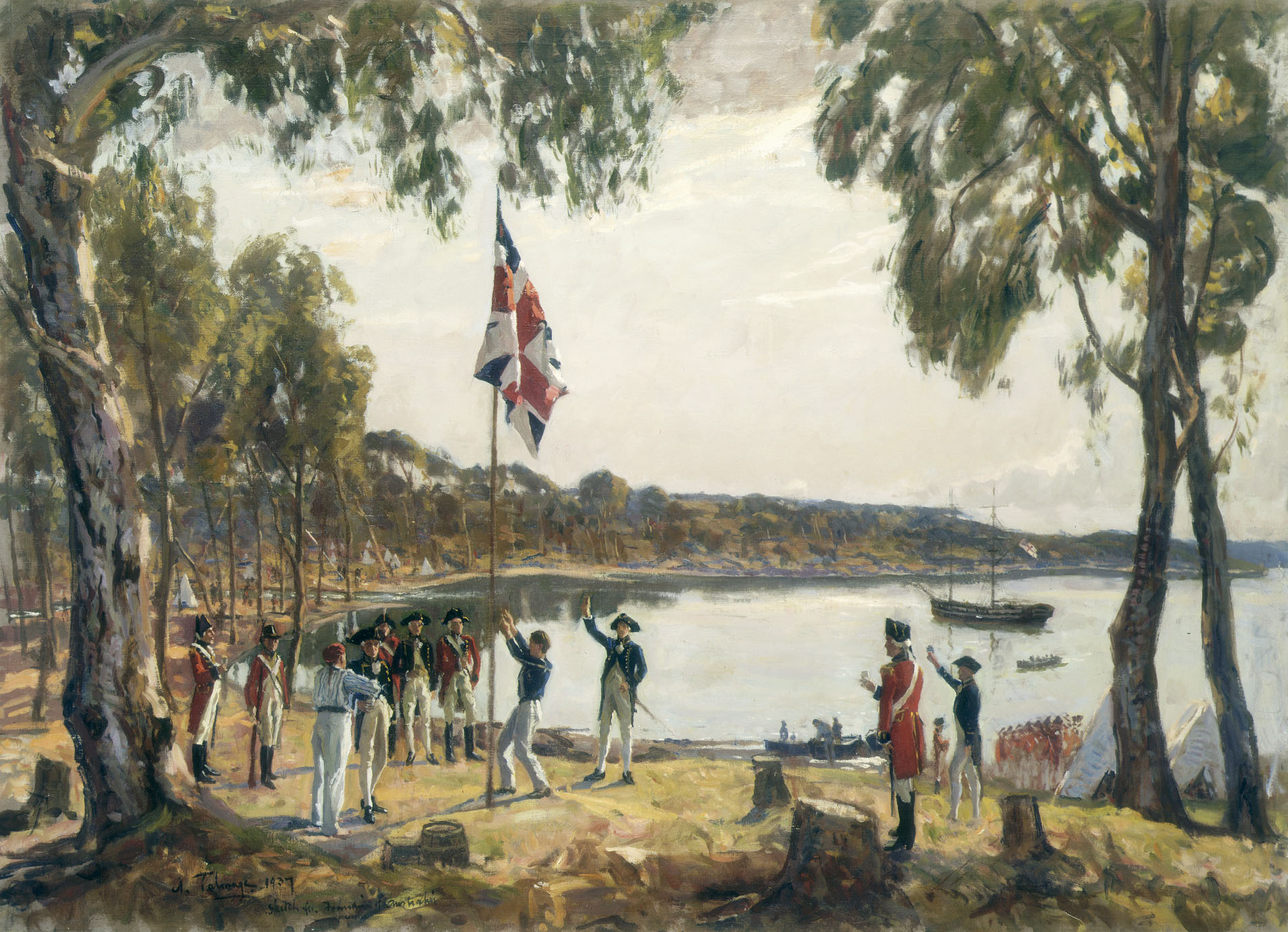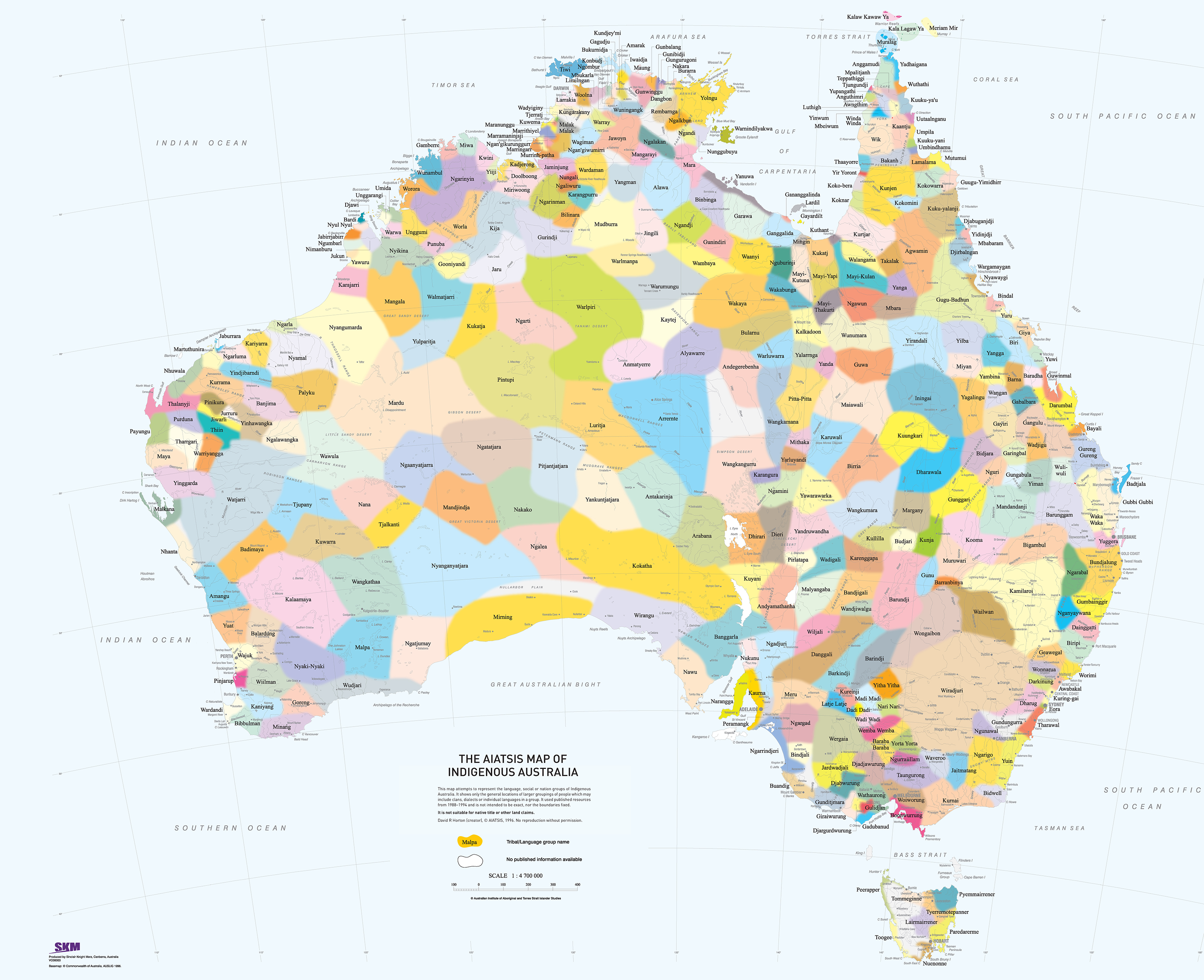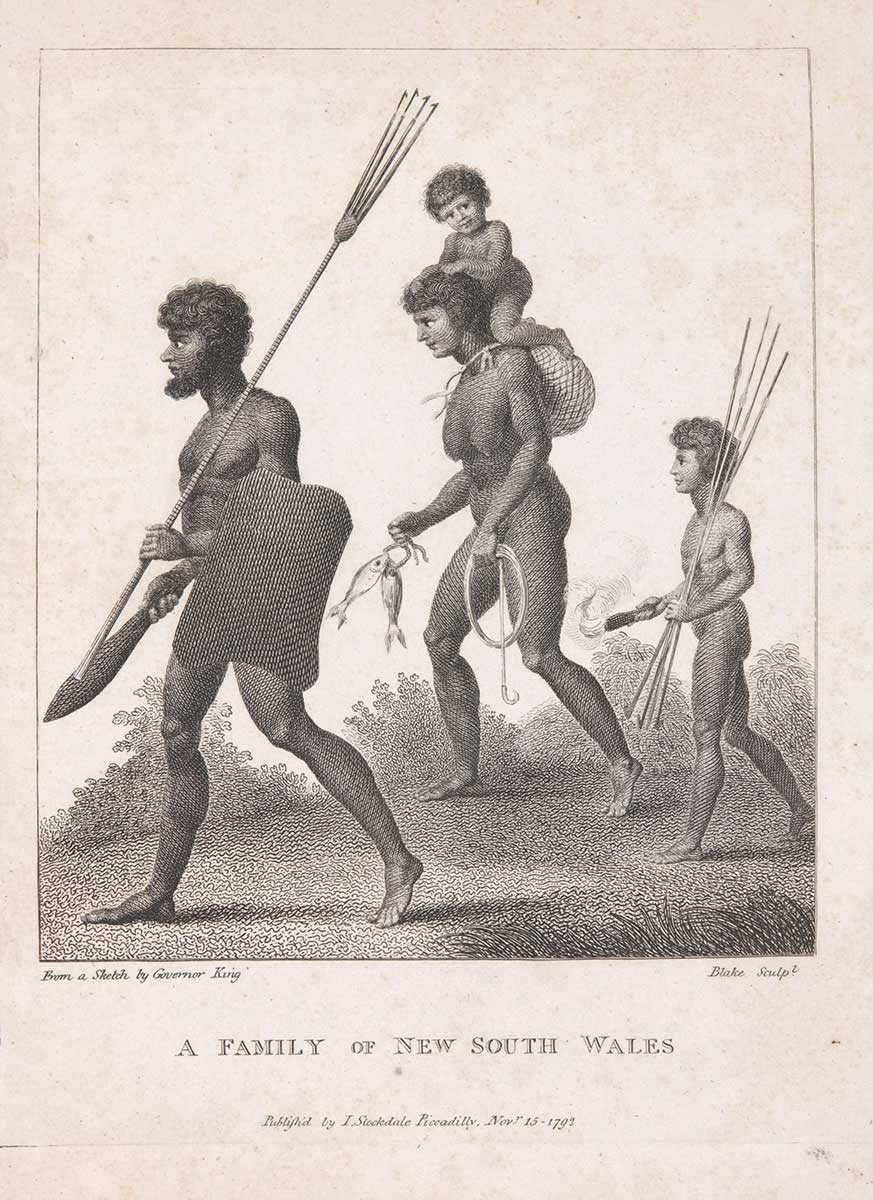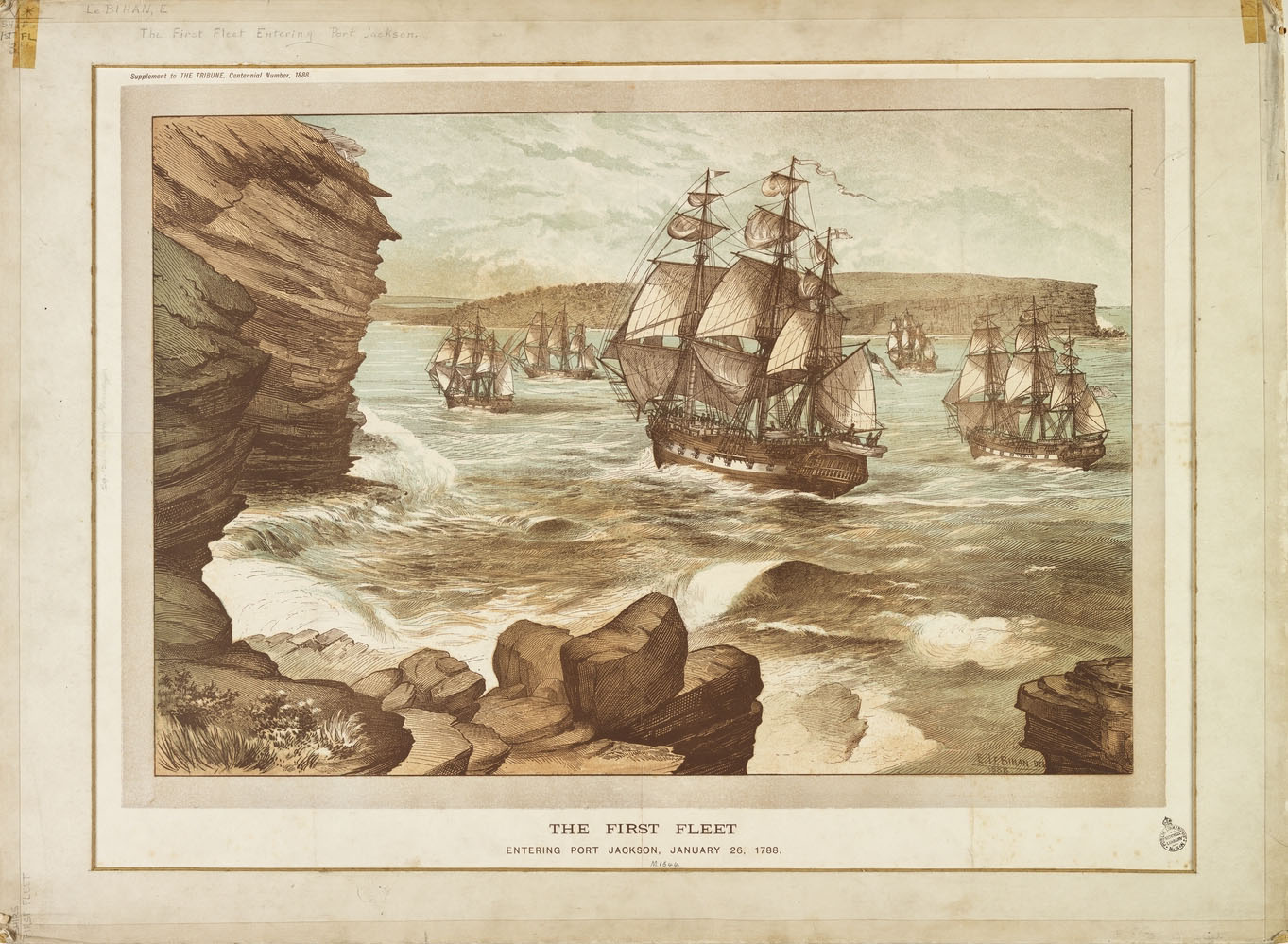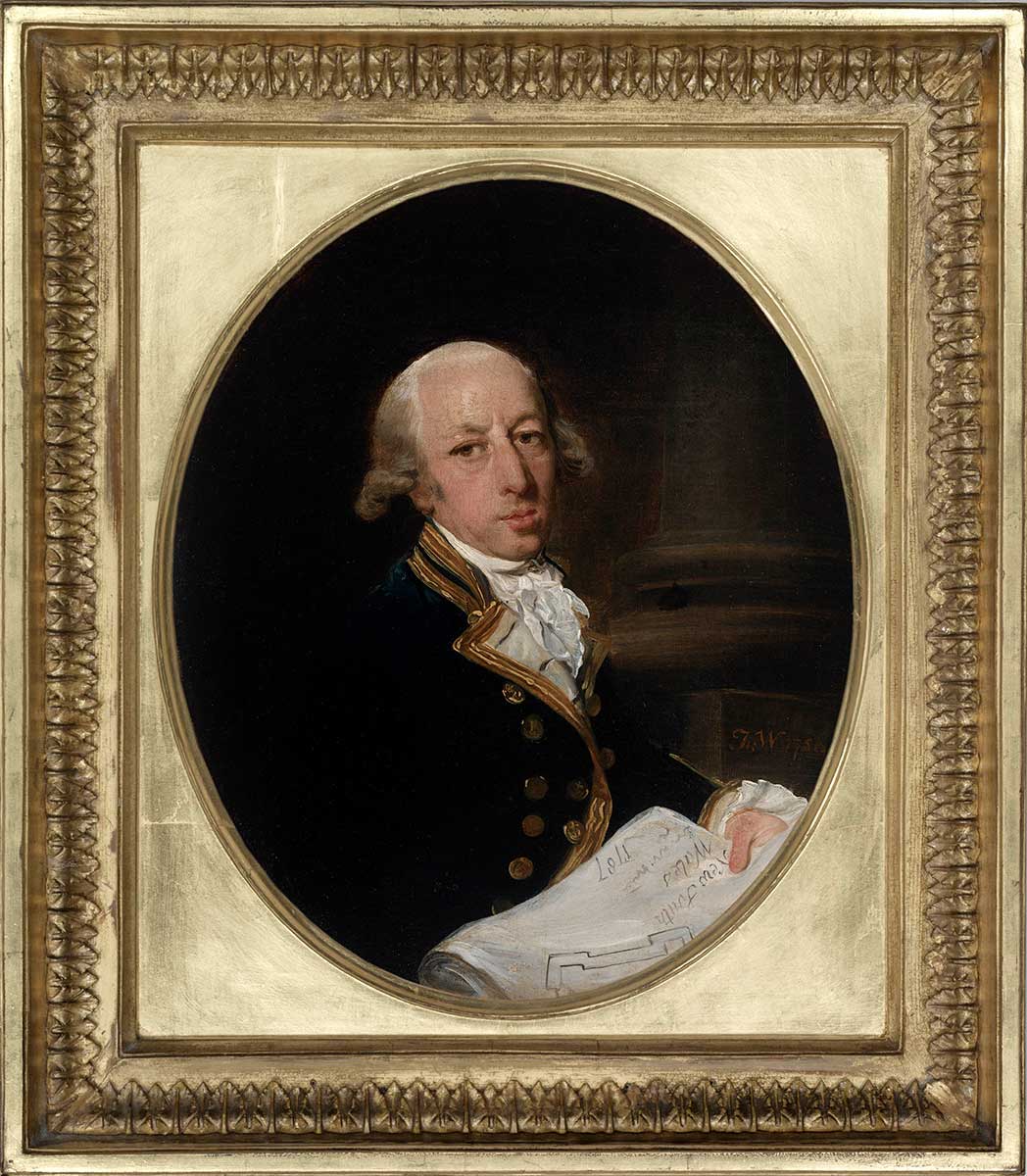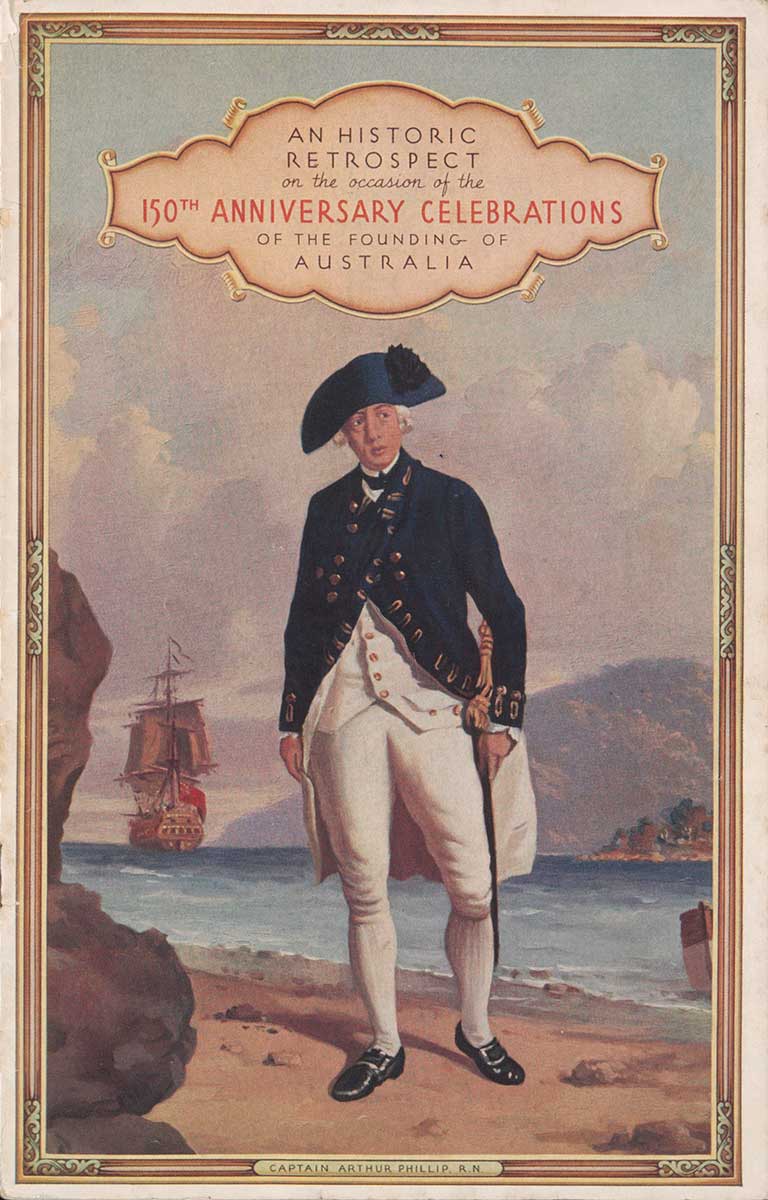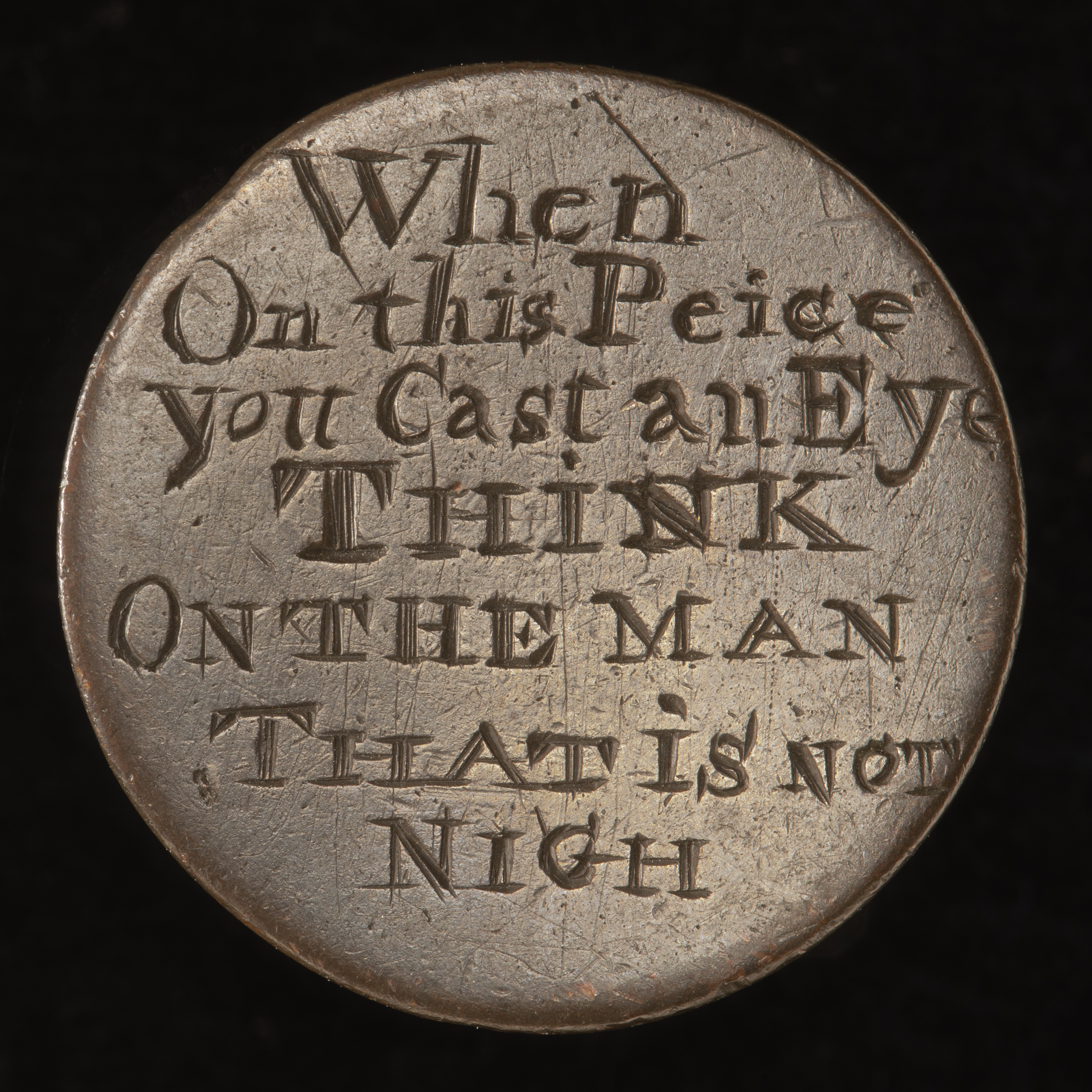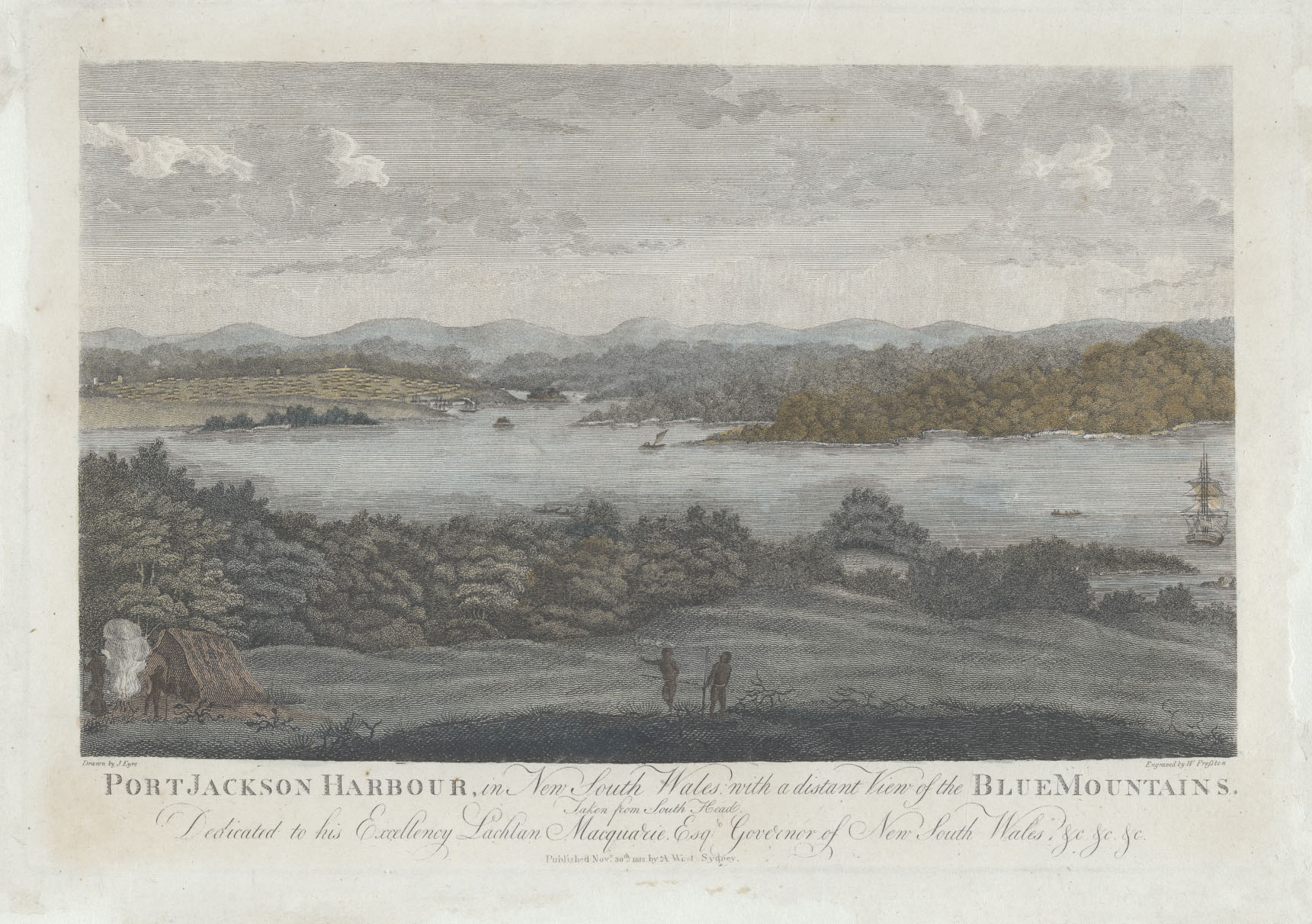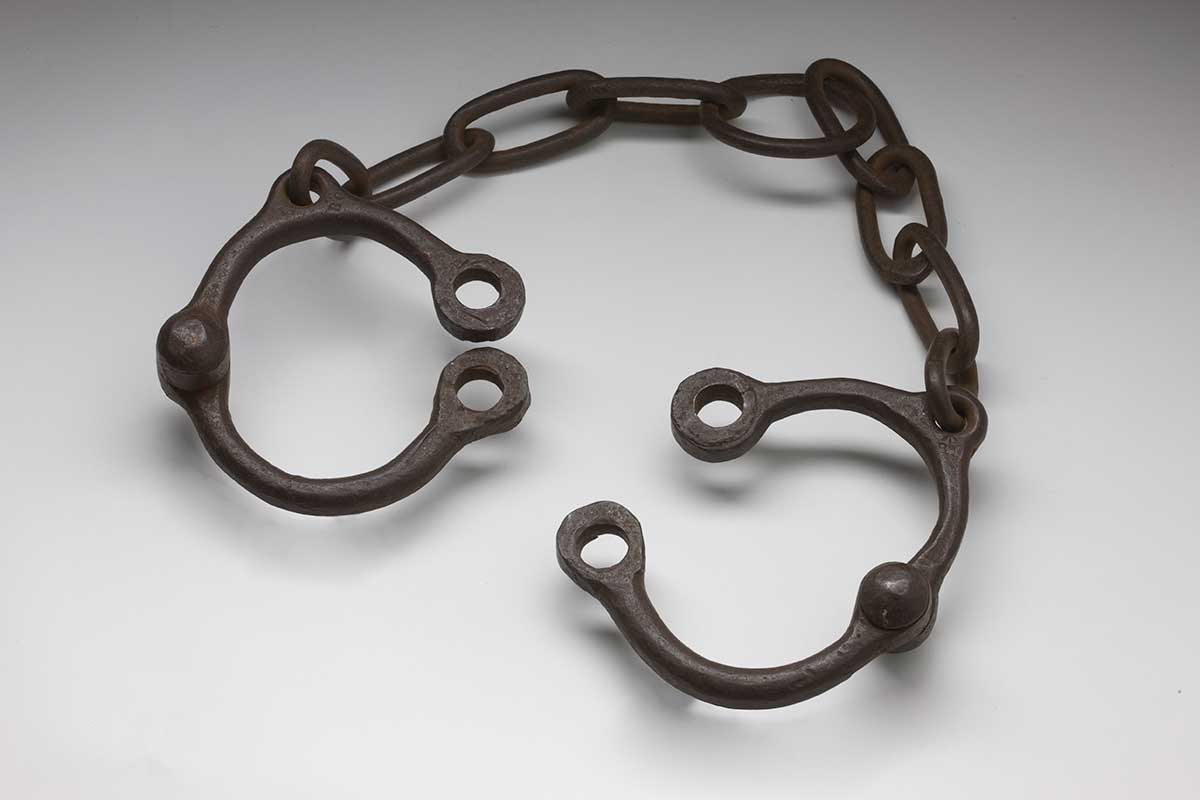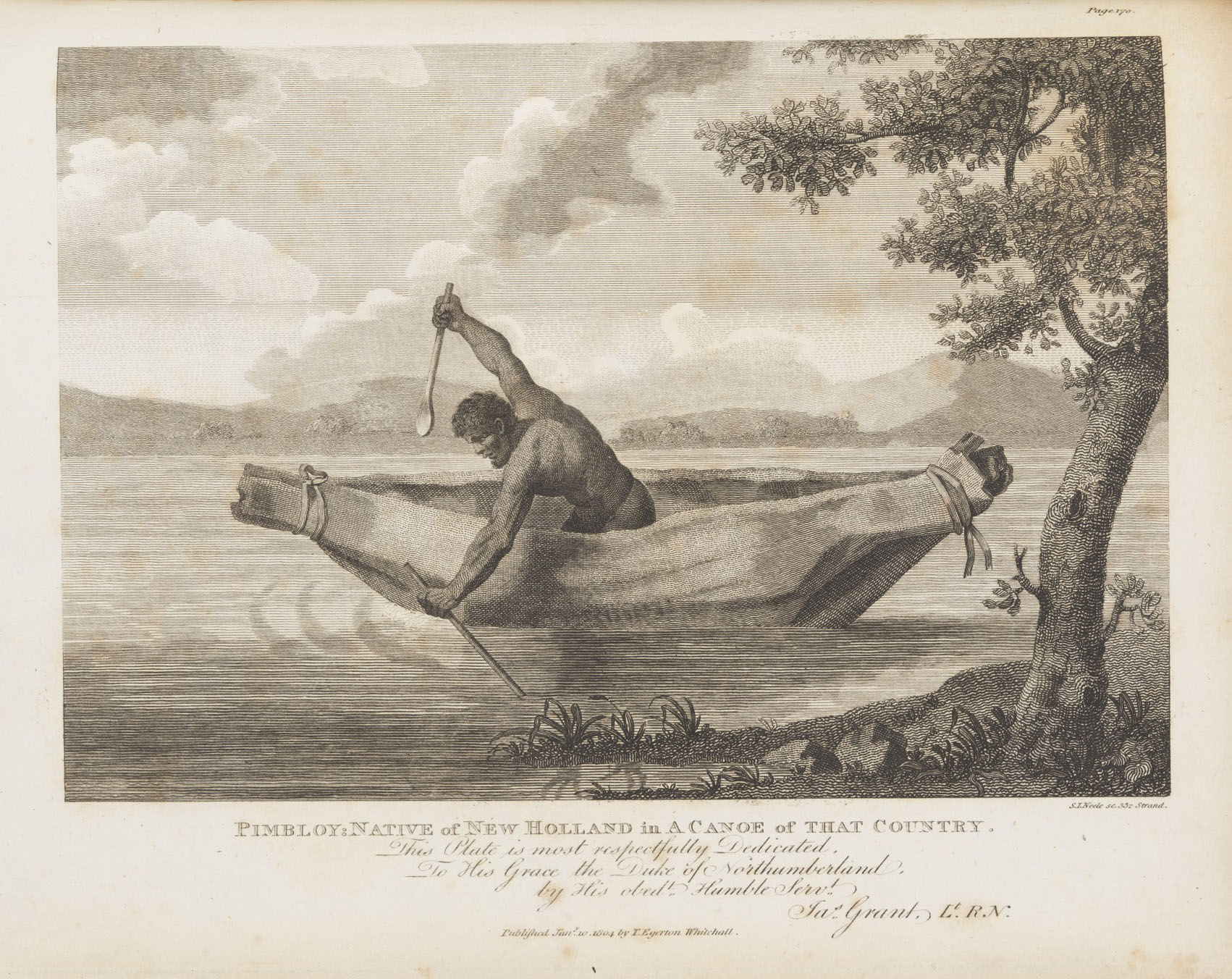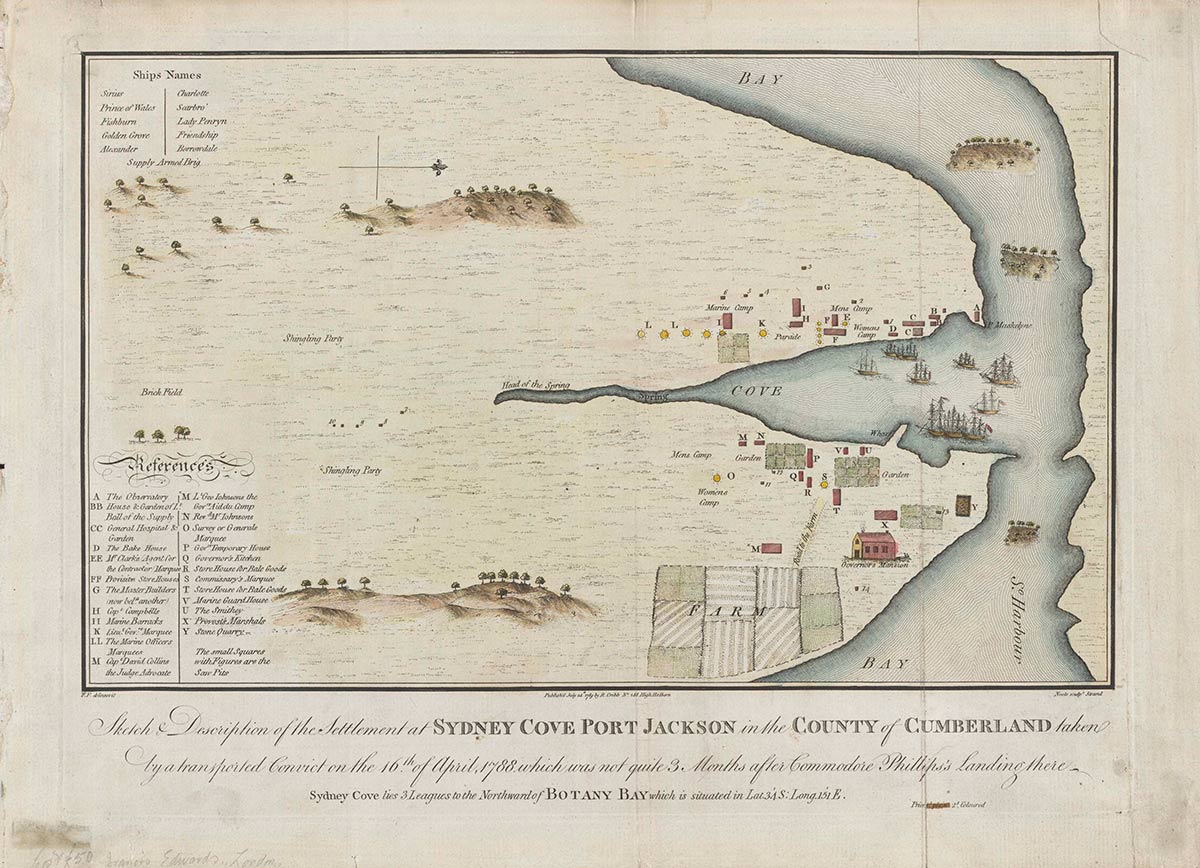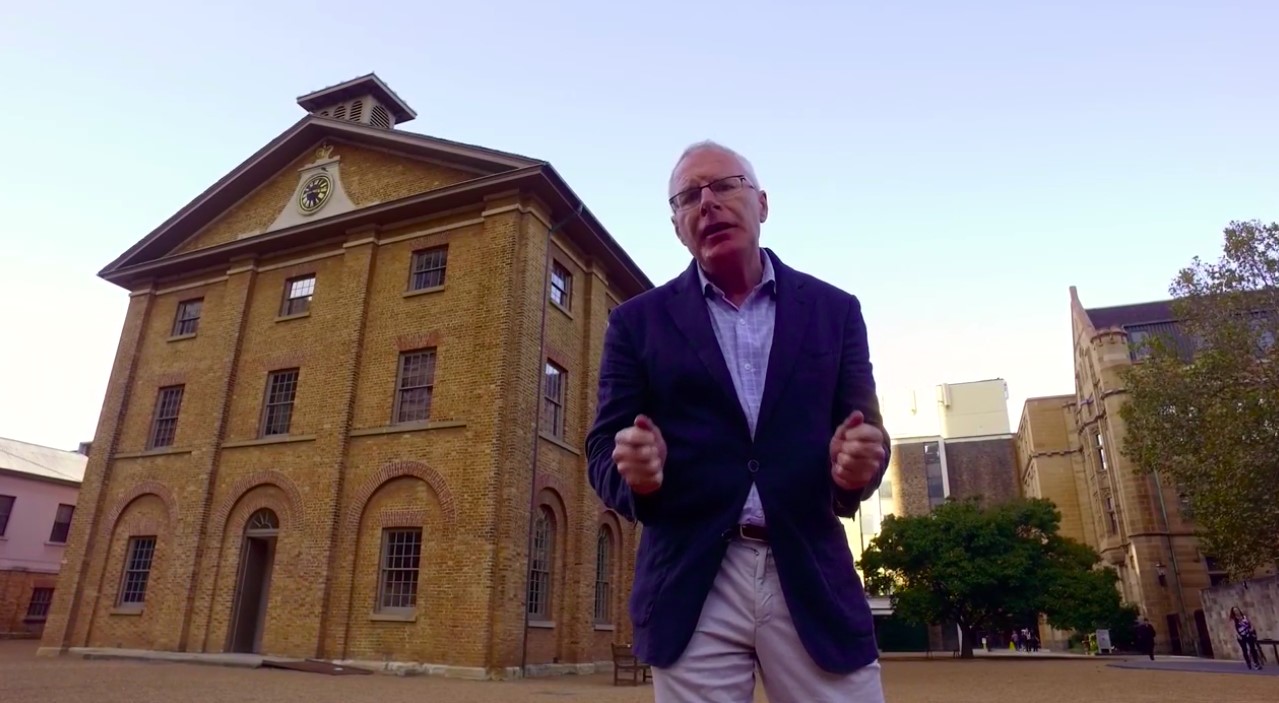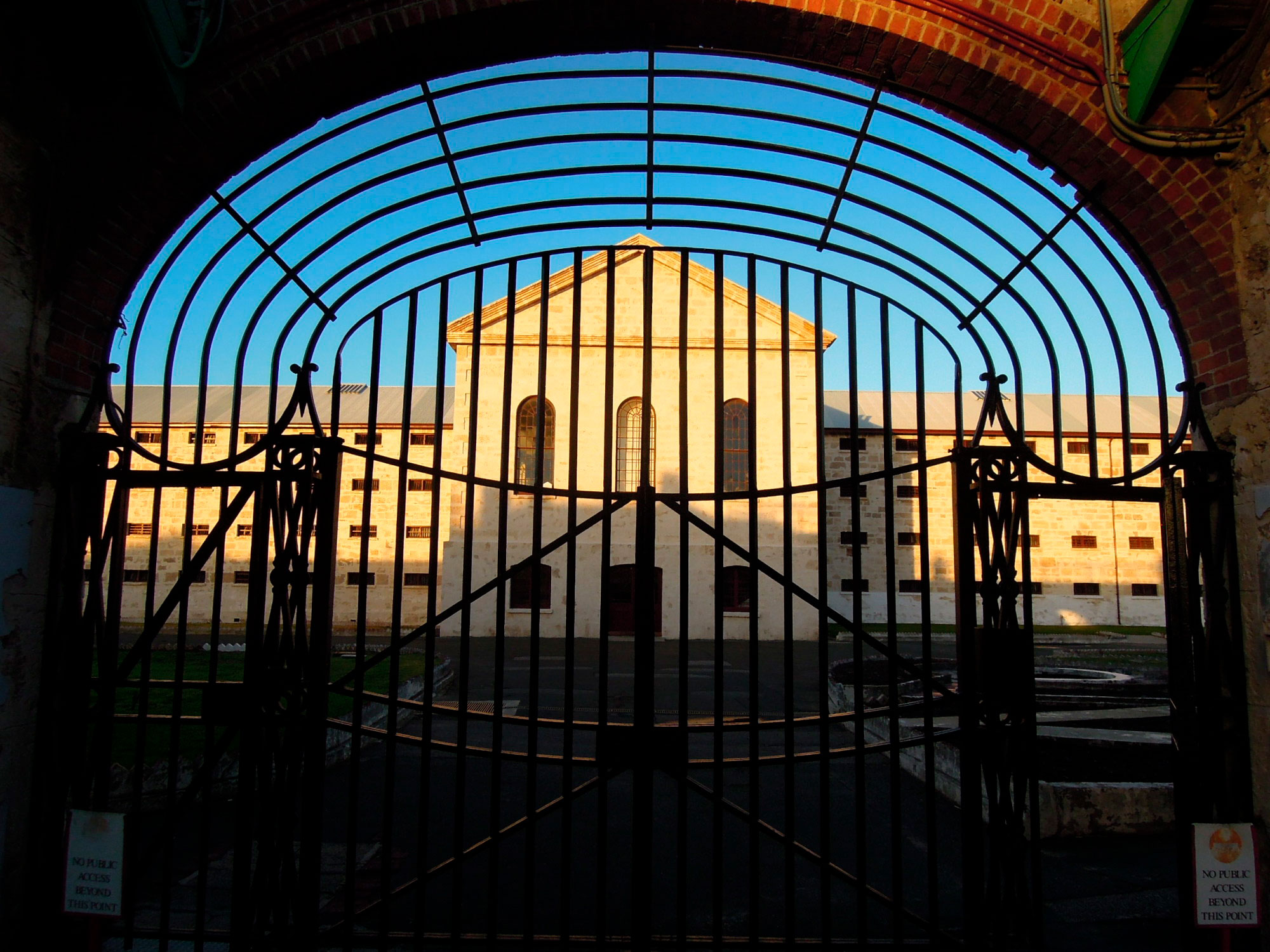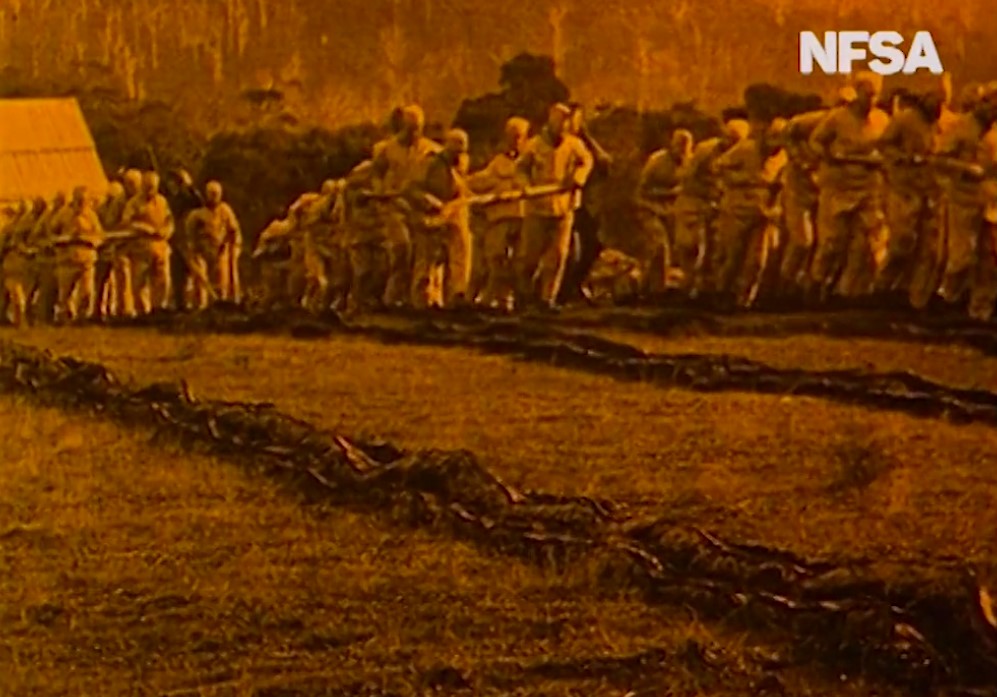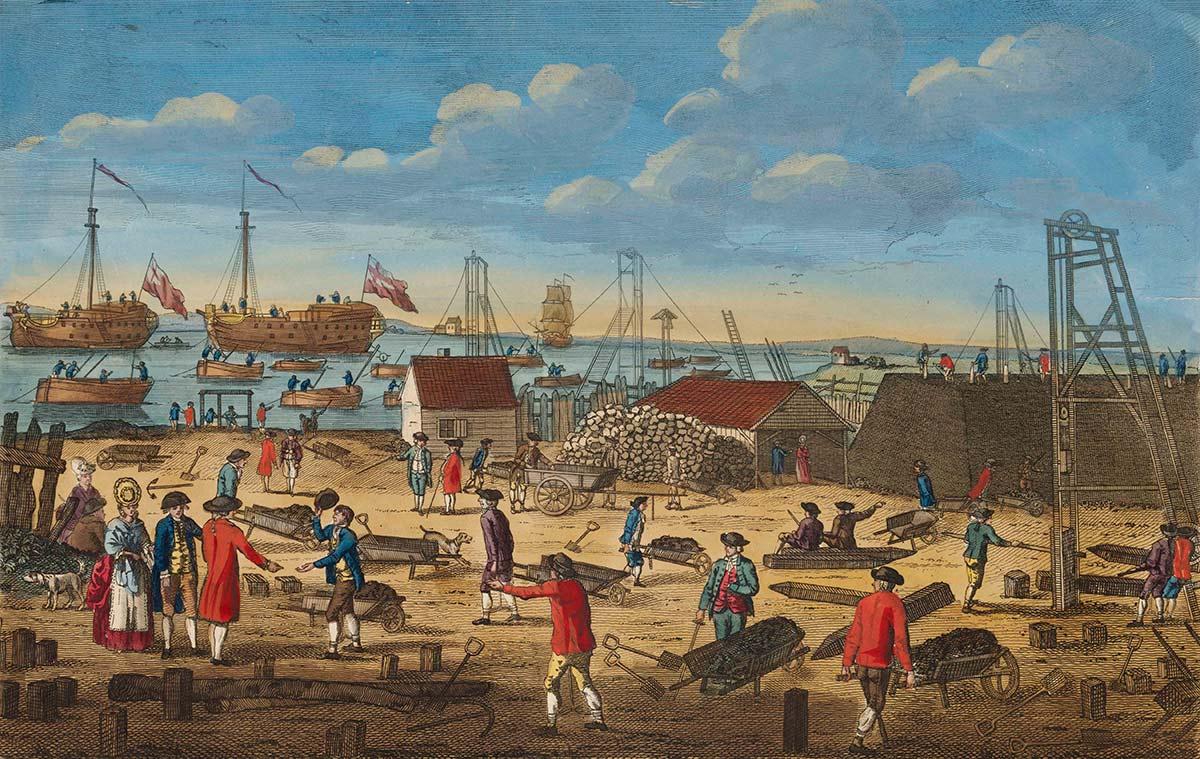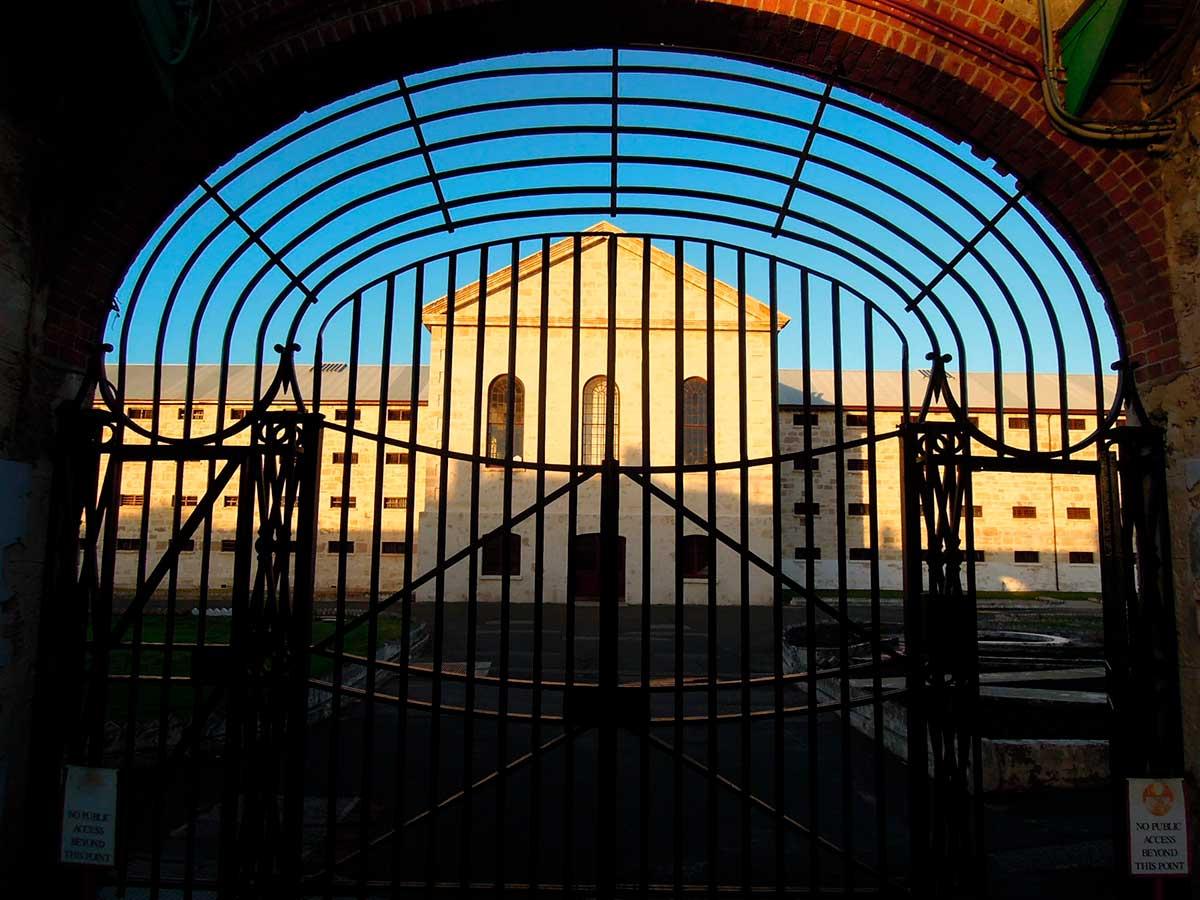Exile or opportunity?
1788: Captain Arthur Phillip establishes a convict settlement at Sydney Cove
Exile or opportunity?
1788: Captain Arthur Phillip establishes a convict settlement at Sydney Cove
In a snapshot
The arrival of the First Fleet at Sydney Cove in January of 1788 marked the beginning of the European colonisation of Australia. The fleet was made up of 11 ships carrying convicts from Britain to Australia. Their arrival changed forever the lives of the Eora people, the traditional Aboriginal owners of the land in the Sydney area, and began waves of convict transportation that lasted until 1868.

 Can you find out?
Can you find out?
1. Who were Australia’s first convicts? Why were they transported to Australia?
2. How did Governor Arthur Phillip manage the colony of New South Wales?
3. What were the main ways Aboriginal people were affected by the arrival of Phillip and the First Fleet?
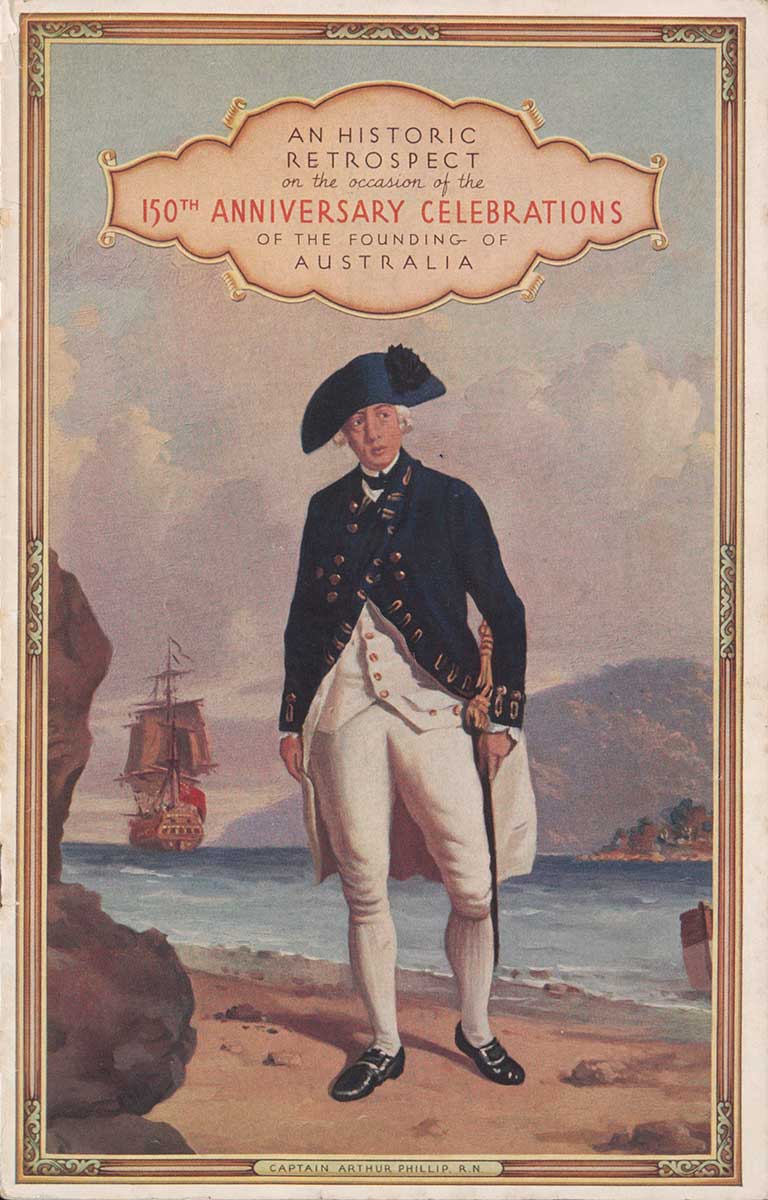
Why was a convict colony set up in Australia?
Britain used transportation to distant lands as a way of getting rid of prisoners. After Britain lost its American colonies in 1783 the jails of England were full. The British decided to begin transporting prisoners to Australia, which had recently been claimed for the British Crown by Lieutenant James Cook.
Prisoners (also known as convicts) were transported for many reasons but mainly for crimes that we might consider to be minor today, such as stealing. Convicts who were transported were usually poor, often from the large industrial cities and were mostly from England (with a large minority from Ireland and Scotland).
The First Fleet of 11 ships, commanded by Captain Arthur Phillip, set up a convict settlement at Sydney Cove (now Circular Quay) on 26 January 1788. This was the beginning of convict settlement in Australia.
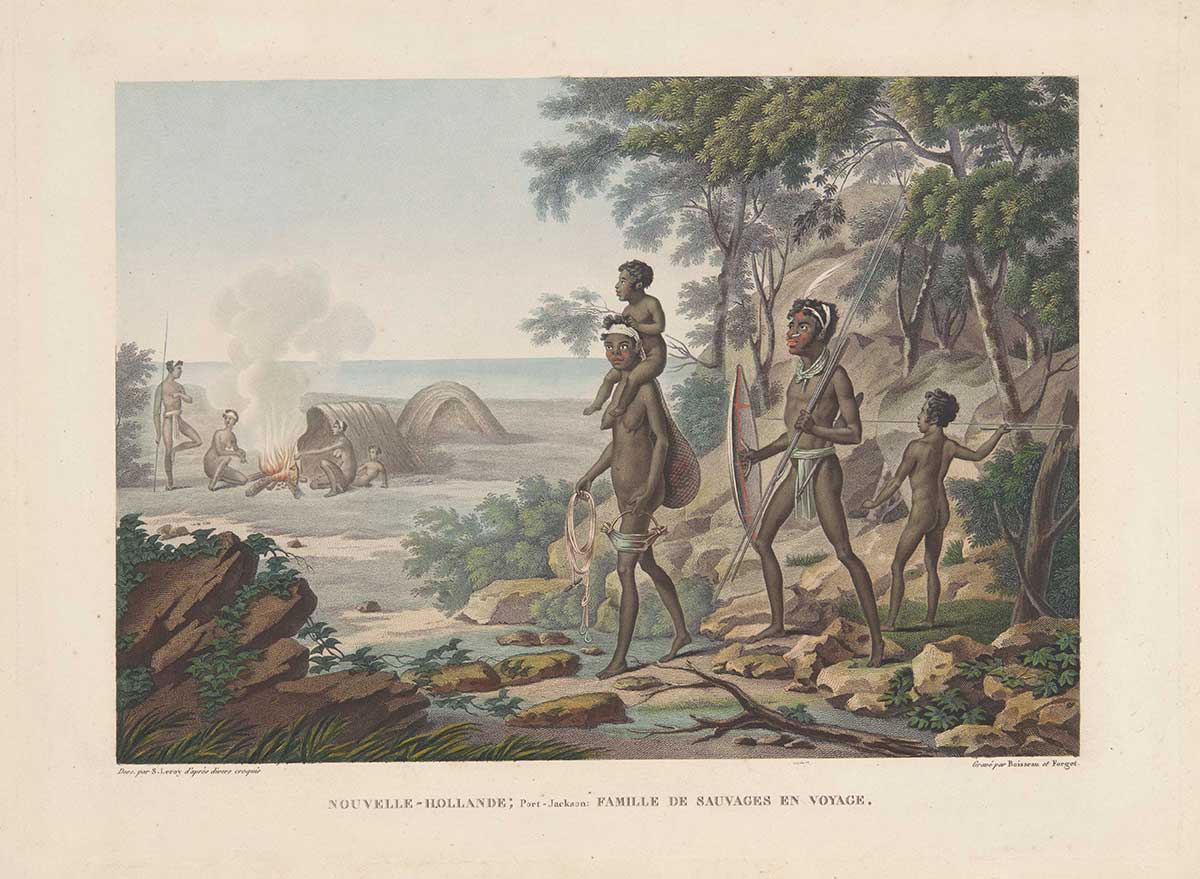
Who was Australia’s first governor?
Captain Arthur Phillip was an experienced naval officer who became first governor of the colony of New South Wales. He faced many challenges in the early years of settlement. He was prepared to punish people who broke the rules, but also rewarded convicts and free settlers who behaved well.
Almost straight away, the new colony faced starvation. The first crops failed because of the lack of skilled farmers, spoilt seed brought from England, poor local soils, an unfamiliar climate and bad tools. Phillip insisted that food be shared between convicts and free settlers. The British Officers didn’t like this, nor the fact that Phillip gave land to trustworthy convicts. But both actions meant that the colony survived, and they began an attitude of fairness that is still prized in Australia today.
Research task
Research the sorts of people who travelled on the 11 ships that made up the First Fleet. How many convicts (male and female), free settlers, crew, marines, officials and children were on board?
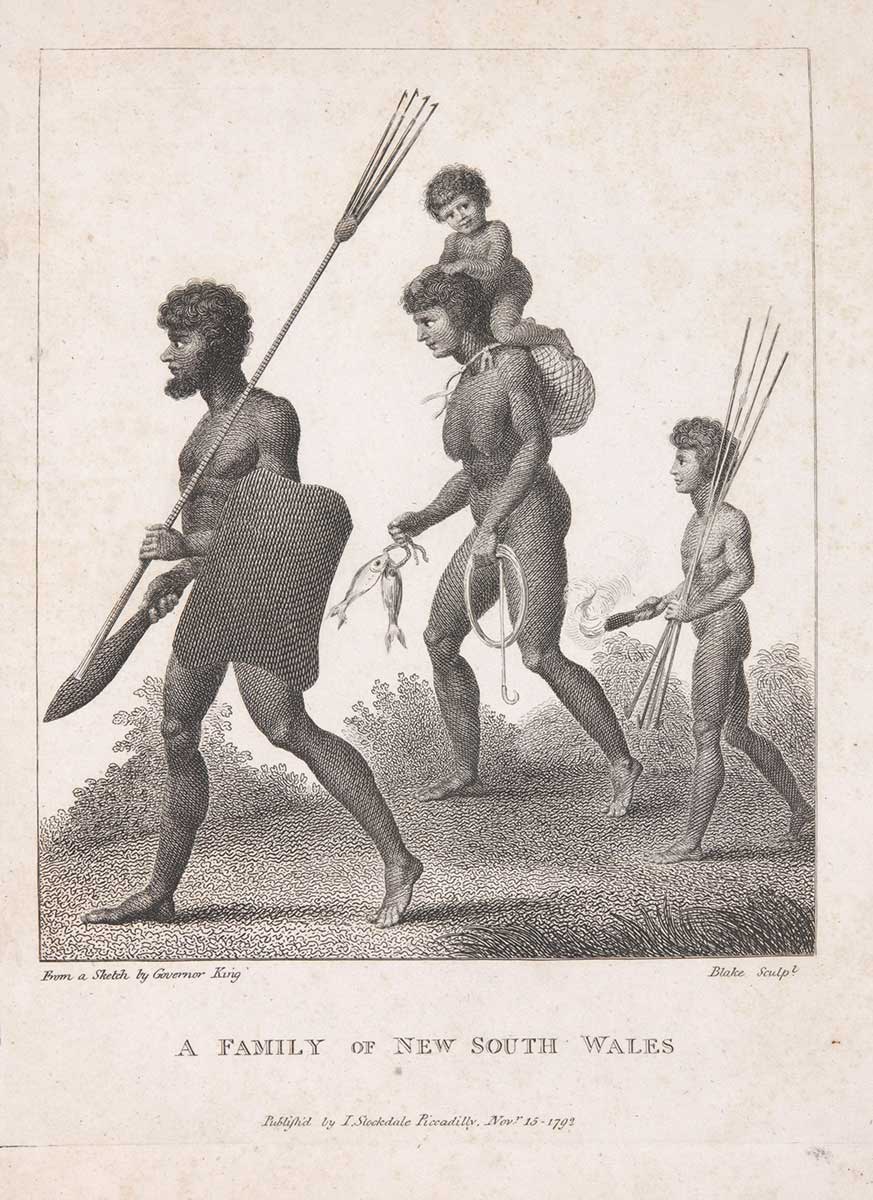
What effect did the First Fleet have on Australia’s first peoples?
The arrival of the First Fleet immediately affected the Eora nation, the traditional Aboriginal owners of the Sydney area. Violence between settlers and the Eora people started as soon as the colony was set up. The Eora people, particularly the warrior Pemulwuy, fought the colonisers. This conflict was mainly over land and food.
Phillip was speared during a meeting with Eora at Manly in 1790, but he recovered and continued as the colony’s first governor for two more years. He returned to England in 1792 with two Indigenous men: Bennelong, who later returned to Australia, and Yemmerrawannie, who died in England.
Thousands of Eora people died as a result of European diseases like smallpox.
What were the long-term effects of the First Fleet?
The First Fleet was the beginning of convict transportation to Australia and was followed by many other fleets of convict ships. When this ended in 1868, over 150,000 convicts had been transported to New South Wales and other Australian colonies. Most convicts stayed in Australia after serving their sentences, and some became well-known, important people within the Australian colonies.
Convict settlement continued to have devastating effects on Aboriginal and Torres Strait Islander people in the decades after 1788. Thousands died in conflicts with settlers and from diseases, and many more suffered from the loss of cultural traditions and languages.
Read a longer version of this Defining Moment on the National Museum of Australia’s website.
 What did you learn?
What did you learn?
1. Who were Australia’s first convicts? Why were they transported to Australia?
2. How did Governor Arthur Phillip manage the colony of New South Wales?
3. What were the main ways Aboriginal people were affected by the arrival of Phillip and the First Fleet?






